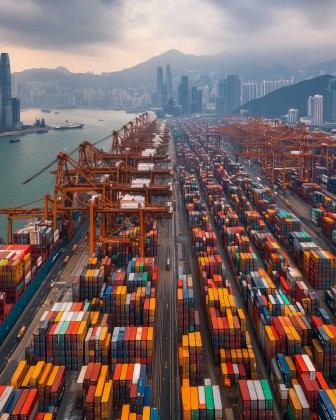

Printable PDF version
Subscribe to our newsletter
Biophilia in Building Design
Healthcare Facility Design Post-Covid
Tariffs and Other Changes
Construction
Management Specialists
Los Altos, CA
(650) 386-1728
Orinda, CA
(415) 981-9430
Sacramento, CA
(415) 872-0996
San Diego, CA
(858) 886-7373
Los Angeles, CA
(424) 343-2652
Seattle, WA
(206) 571-0128
Phoenix, AZ
(408) 868-6326
Portland, OR
(415) 359-5207
Dublin, Ireland
+353 86-600-1352 (Europe office)
www.TBDconsultants.com
Biophilia is a word that is springing up more frequently recently, and in this article we look at how it can be implemented in construction and what its benefits are.
Healthcare Facility Design Post-Covid
The Covid-19 pandemic changed a lot of things, and here we look at its impact on the design of healthcare facilities.
The new Trump administration has been implementing policies that potentially will have long-term effects on the construction industry. For instance, the changes in immigration policy are putting even more pressure on what was already a labor shortage issue. That is likely to give additional incentive to the adoption of AI and the use of prefabricated units, and more immediately it is increasing the need for affected contractors to offer higher wages in order to attract workers, adding to the cost of construction.

The new tariffs, especially those affecting steel, timber, and aluminum, are what has been making the bigger headlines at the time this article is being written. The tariffs had been used initially as a kind of bargaining tool, and currently they are still being implemented one day and then put on hold a day or so later. However, if they do settle down and become a reality, they turn into a source of revenue for government which can be hard to let go of, especially when the national debt is so high. If the declared incentive for the tariffs actually worked as advertised - to encourage the use of home-grown and home-manufactured products rather than imported ones - then the revenue stream from tariffs would fade away. However, ramping up home production takes time and might be seen as a risky investment. Consequently, the result for construction will be increases in affected material prices, and such increases may not be claimable under a construction contract, unlike with a tax increase. Also, some disruption to the supply chain can be expected, resulting in schedule delays and claims. Probably around ten percent of construction materials overall are imported, but some items, such as lumber, structural steel, aluminum, cement, and gypsum, have a considerably higher percentage of imports, plus those imports are largely from the nations most directly affected by the tariffs.
The administration has also been relaxing regulations, particularly related to environmental issues, and that can get new developments moving faster. However, this flurry of administrative orders, such as the on-again off-again implementation of tariffs, has created a fair amount of confusion as to what the future portends. That uncertainty is causing developers to be wary of committing too many resources when the economic climate is questionable. It also means that the previously expected reductions in interest rates is likely to slow, keeping financing costs high.
The result of these issues means that some projects are being put on hold or moving forward at an unhurried pace. The uncertainty will also be affecting the planning of future developments because it is hard to predict what conditions are going to be like by the time construction will be getting underway. Risk assessment will become a more essential part of the planning. Infrastructure projects may see an additional boost, since they were a focus of the first Trump presidency and seem to remain so in the current one, but Congress will need to find a means of financing any such initiative.
More generally, the uncertainty is affecting consumer and business confidence which can lead to a slowing or reduction in economic activity. Pair that with inflating prices fueled by the tariffs and you have the Federal Reserve's worst fears - stagflation. That becomes very difficult for them to bring under control, because raising interest rates might help bring inflation under control but it hurts the economy, and lowering rates helps the economy but pushes inflation the wrong way.
Geoff Canham, Editor, TBD San Francisco
Design consultant: Katie Levine of Vallance, Inc.